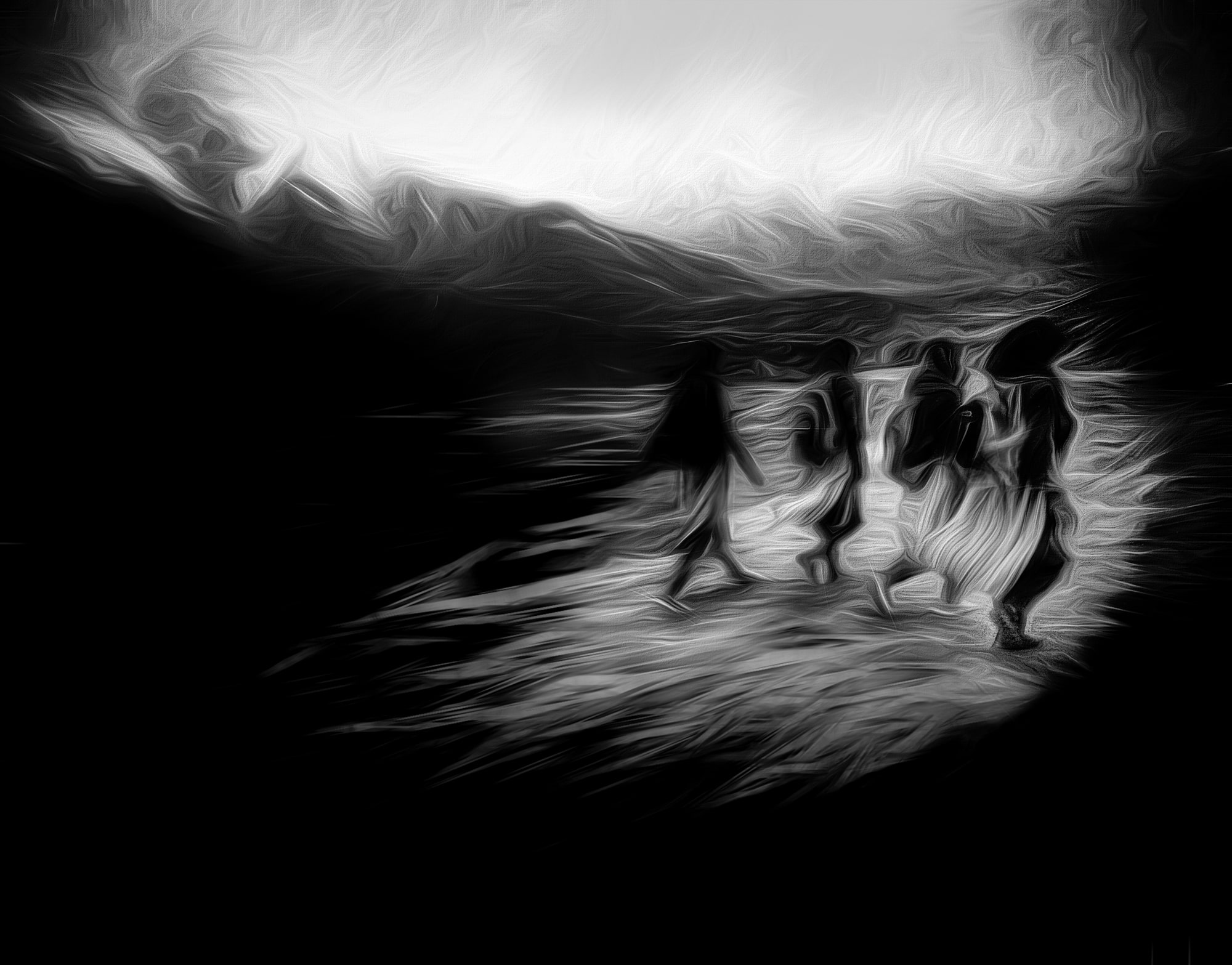All images by Madhur Dhingra. Used with permission.
“Black and white images hold inside them a strange sort of mystery which is totally absent in color imagery,” says Indian photographer Madhur Dhingra. Whether or not you agree with his words, there’s one thing you cannot doubt: his work, unique in its presentation, is full of mystery. Dhingra is a street photographer offering a fresh twist on an otherwise tired genre. Unconventional, his photography stands out from the pack, delivering an aesthetic that holds you for longer than a fleeting moment. We were truly in awe of his style, and excited to dig deeper into his process and 22-year relationship with the craft we love so much.
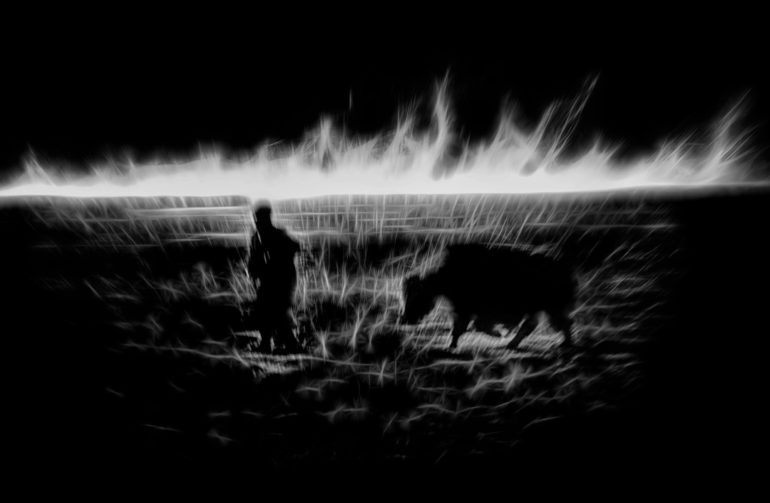
In Conversation with Madhur Dhingra
When Madhur Dhingra first contacted us, the staff at The Phoblographer were in agreement that his work needed a feature. He’s also working on a large project right now, something we’re very excited to see develop over time. Through his creativity and spirituality, Dhingra has a lot to say and we were more than happy to listen.
Gear Used by Madhur Dhingra
Before we get into the core of Madhur Dhingra and his work, he wanted to share with us the tools he uses to create his mysteriously fascinating street photography.
- Canon 6D
- Tokina 16-28mm
- Canon 24-105mm
- Canon 75-300mm
“Carona confinement this year helped me to focus completely on my imagery and I was finally able to discover my style, which I know for sure is completely different from any of the work/style that I have seen so far.”
— Madhur Dhingra
Phoblographer. You have been shooting for 22 years: a long time. How has your style evolved over the past two decades?
Madhur Dhingra: It has been a real long journey. It took me a while before I was finally able to discover my personal style. As I love shooting people on the streets, my journey started in ‘Realism’ capturing emotions, feelings, and activity – waiting for that decisive moment to happen. But never were any of my pictures random. Each picture had to tell a story in itself and also be a part of a larger story to make them all coherent. I have never had any interest in singular images no matter how good they might be. But something still was amiss.

I started having a feeling that realism was not fully justifying what I really needed to convey through my images. Realism gradually started giving way to impressionism. I was initially attracted to the works of Frank Andree but soon got over that fascination as I found most of his works very similar. As for me, my images needed to be different from each other, tell a story, and also capture the essence of that very moment. I started experimenting, trying out different methods that would convey what I needed to say in an abstract way.
Carona confinement this year helped me to focus completely on my imagery and I was finally able to discover my style, which I know for sure is completely different from any of the work/style that I have seen so far. I am currently reshooting and reprocessing all my previous stories and will soon be posting them on my new website.
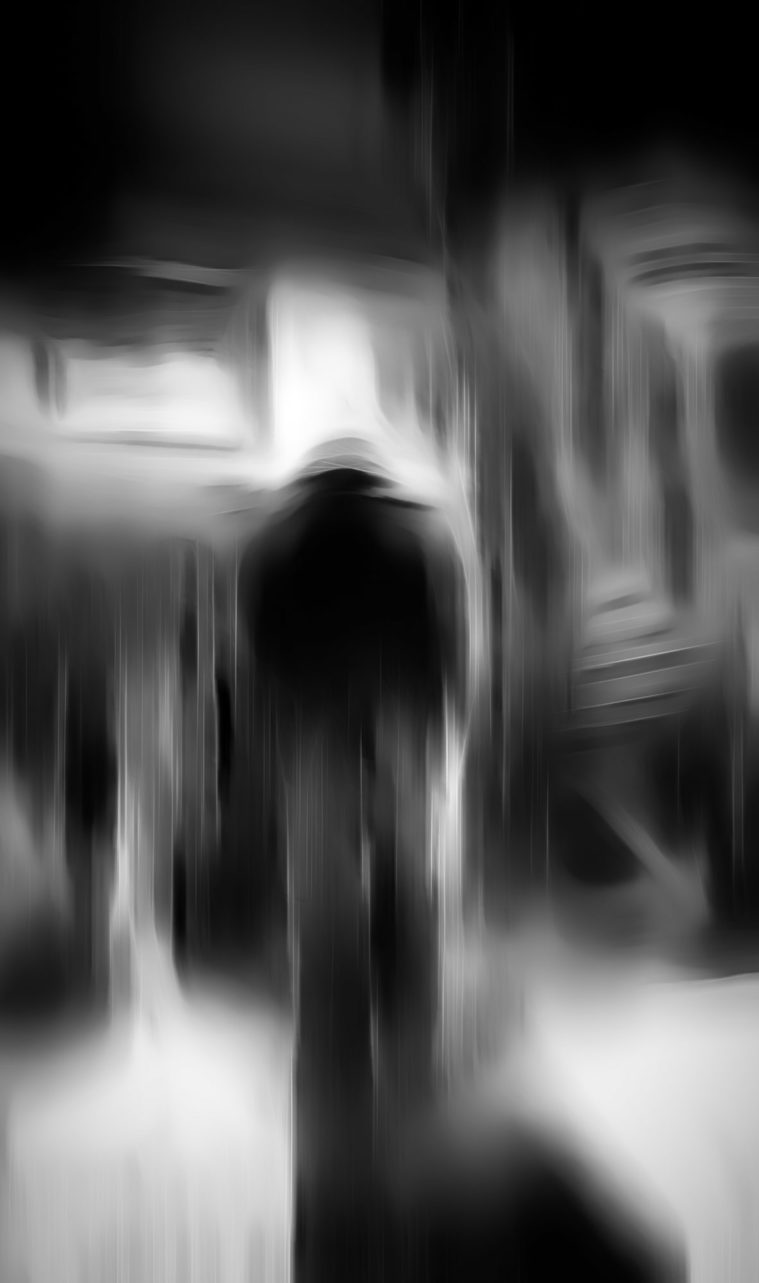
Phoblographer: For your independent work, you seem to shoot exclusively in black and white. Why is that?
Madhur Dhingra: I personally feel black and white is a much more powerful medium than color. I find color distractive. Through black and white photography, I am able to convey feelings and emotions much more strongly compared to color.
Phoblographer: How would you describe your shooting style?
Madhur Dhingra: My images are predominantly impressionistic with a slight tinge of realism through which I convey feelings and emotions. Play of light also plays an important role in my images as light itself becomes a strong medium in creating anonymous silhouettes which are a predominant part of most of my images.

Phoblographer: You’re a street photographer, what do you like about the genre?
Madhur Dhingra: I love spontaneously created moments, random real emotions. I love creating strong artistic images and then weaving them into a strong storyline. Words and images then become a formidable pair in conveying what I need to say.

Phoblographer: What feelings and emotions do you feel when you’re out shooting street photography?
Madhur Dhingra: Honestly I am just happy getting intimately involved and responding with the same intensity to the emotions and feelings that surround me during those moments. Any good street photographer must have this inherent ability to able to produce powerful images.
“Street photography for me is my complete being. It is through this medium I show to the world my thoughts, feelings, and my understanding of reality as such.”
— Madhur Dhingra
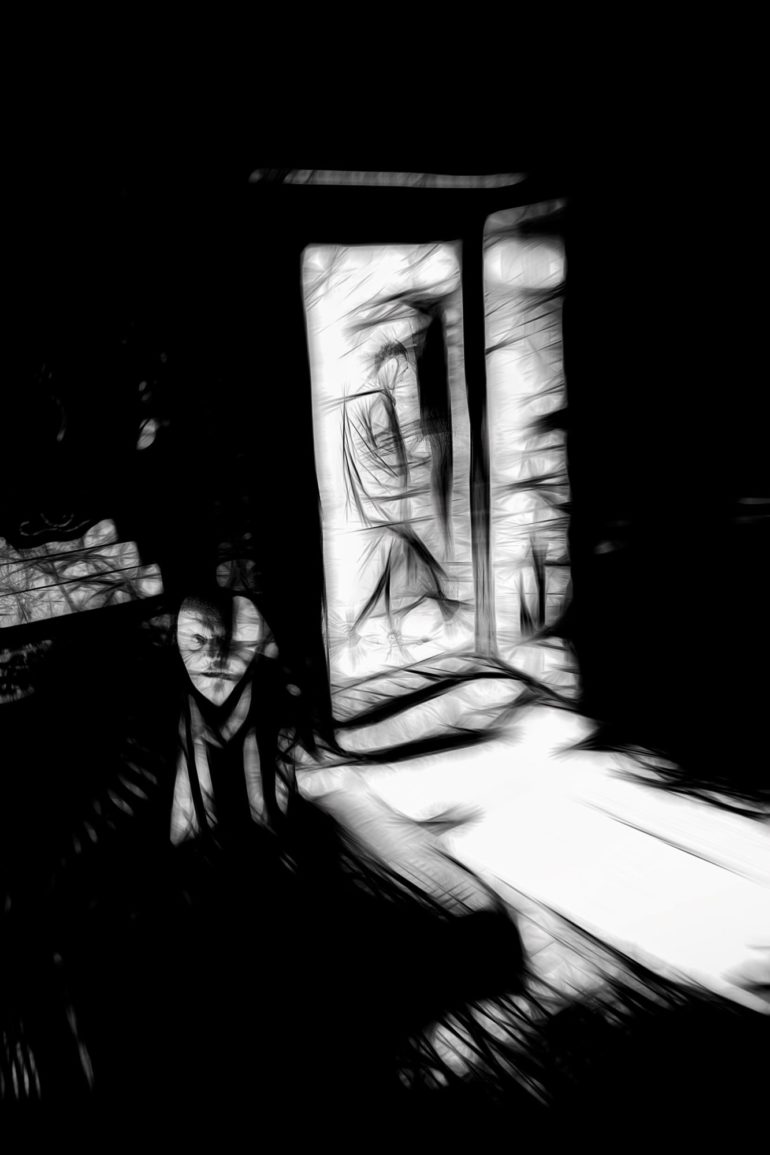
Phoblographer: You’re currently working on a huge project. What was the inspiration?
Madhur Dhingra: I have been a spiritual (not religious) person right from my childhood. There were several unanswered questions in my mind for which I started looking around for answers. I clearly remember people getting surprised at my questions even during those early childhood days. It was this ‘search’ which later became my inspiration.

Phoblographer: There’s lots of motion in your photography. In your words, what does this represent?
Madhur Dhingra: Motion forms the basis of our very existence. Everything in both the visible and invisible universe, from the minutest atoms to the vast galaxies, are in a constant state of flux or motion. Such a state in Sanskrit is called अनित्य (Anitya). This is a natural order where all existence is characterized by impermanence. Maybe some subconscious part of my mind projects this Eternal Truth through my images.

Phoblographer: People often describe Indian culture as fast and chaotic. How do you keep up with the pace and stay focused when shooting street photography?
Madhur Dhingra: Frankly I love this pace and chaos. While shooting in the streets I go very close to the subjects to shoot. In those close contact moments, I become a part of that chaos. It is then when I lose this distinction between me and my subjects that I manage to create the best images. This aspect I will prove when I show you other related stories that I have already shot but are still under processing.
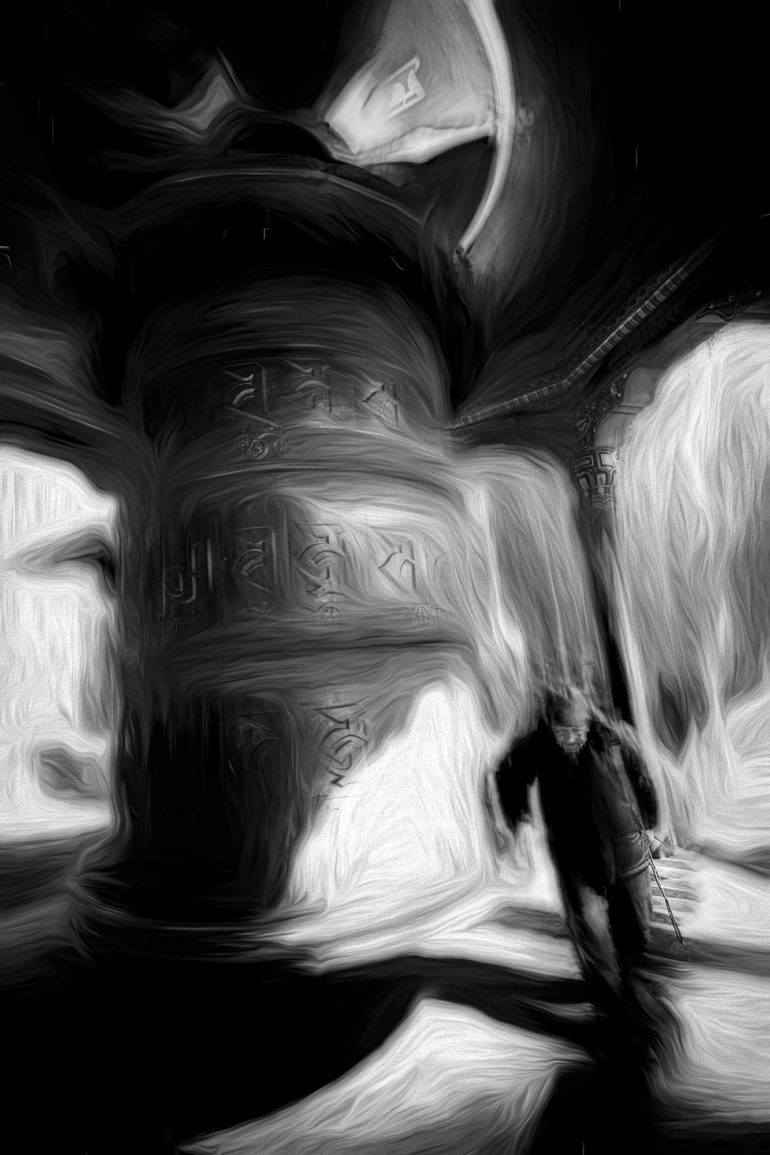
Phoblographer: Talk to us about your editing process. How do you give your images more life?
Madhur Dhingra: I have no preconceived ideas on how I would end up editing a particular image. Each image is different and my treatment to that image goes accordingly. I am very intuitive in this process and simply follow my heart. It is something like playing with a jigsaw puzzle. Somewhere in my mind, I have a rough image and then I start playing with the tools until there comes a time when something in me says “Stop…this is it.” That becomes my image. I then leave that edited image for some days without looking at it.

After some days when I relook at that very image and I find that I invariably need to make finer adjustments. This process takes place two to three times until I am finally done. The software I currently work on is Photoshop2020, Silver Efex Pro2, Colour Efex Pro4, HDR Efex Pro2, Define (Nik Collection) Topaz Studio2.
I keep switching between all the different software until I reach my desired result. While shooting, I work on two types of effects. Firstly I take a sharp image at the correct required exposure. Secondly, I use the technique of Intentional Camera Movement (1/10s shutter speed is my general setting for this.)
Phoblographer: After 22 years of shooting, how do you keep motivated?
Madhur Dhingra: Evolving and motivation are two sides of the same coin. When we continue to evolve in our style then motivation never becomes an issue – there are always new and exciting horizons to explore. The real problem starts when we start stagnating. The first sign of this stagnation is the repetition of work. This issue is more deep-rooted. We artists try to find security within the framework of the images that give us a little recognition. Consequently, this results in making similar images for further recognition. This further results in monotony and complete degeneration of motivation.
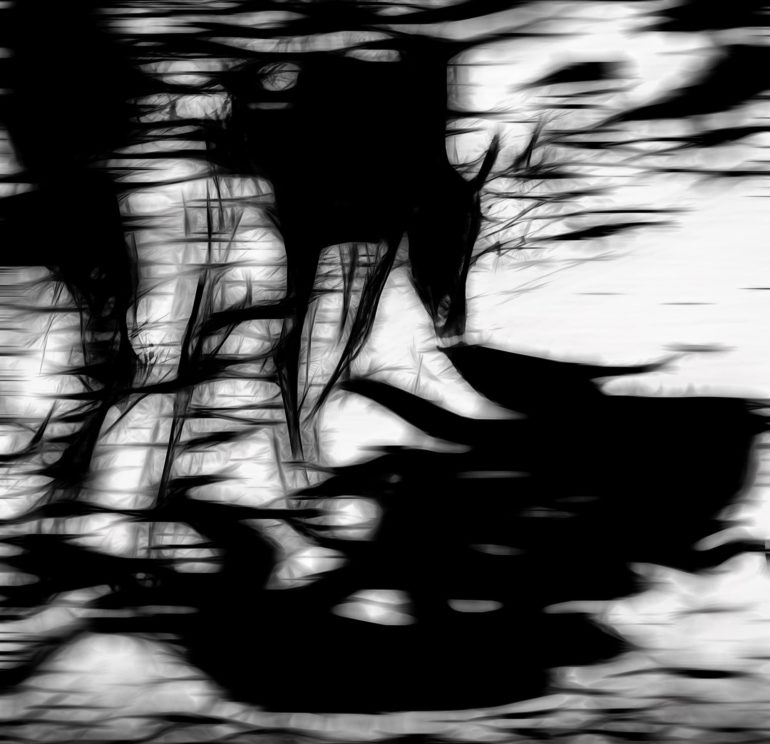
Phoblographer: Finally, In your words, what does street photography mean to you?
Madhur Dhingra: Street photography for me is my complete being. It is through this medium I show to the world my thoughts, feelings, and my understanding of reality as such. What more can I say?

You can enjoy more of Dhingra’s work by visiting his website.


